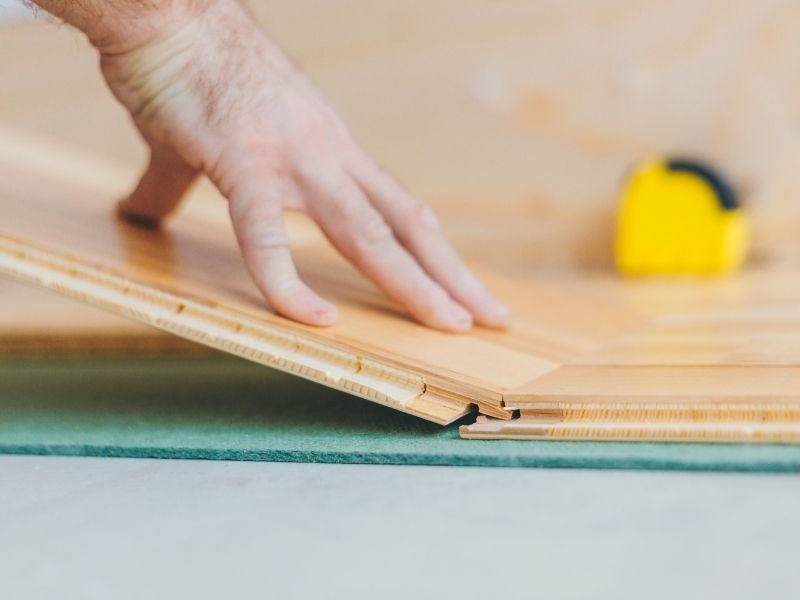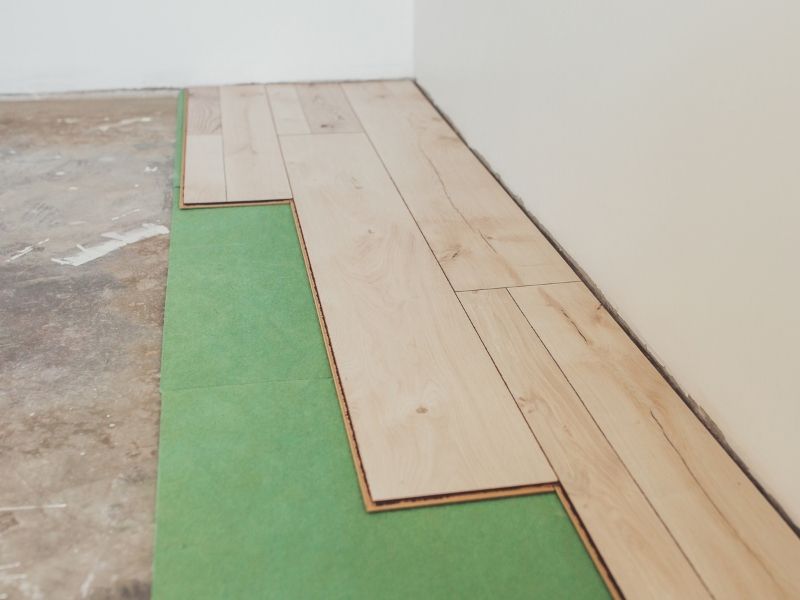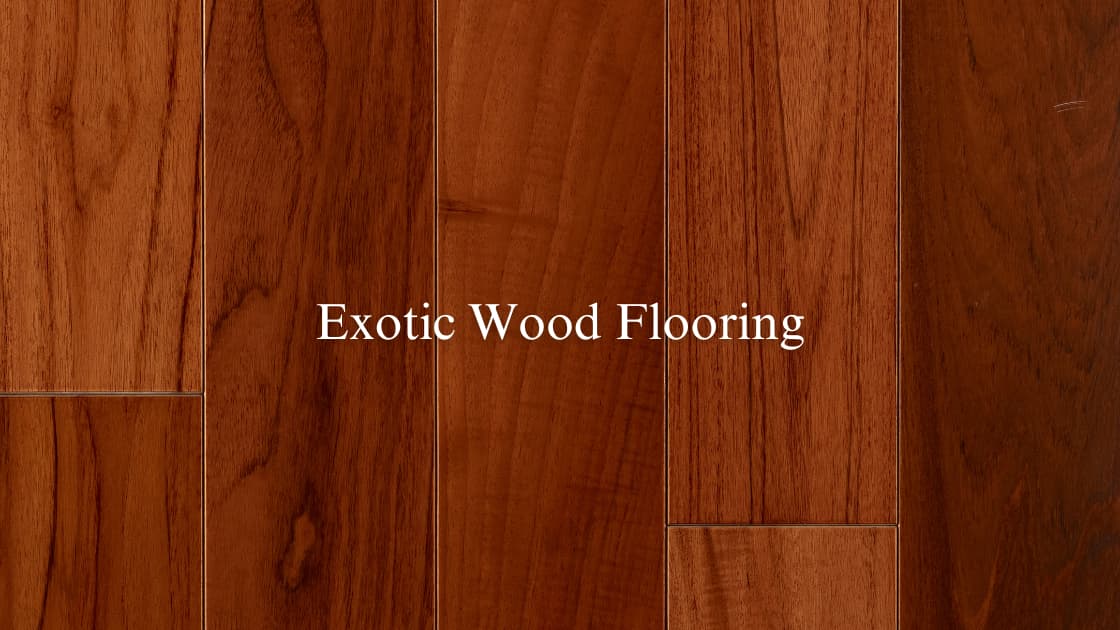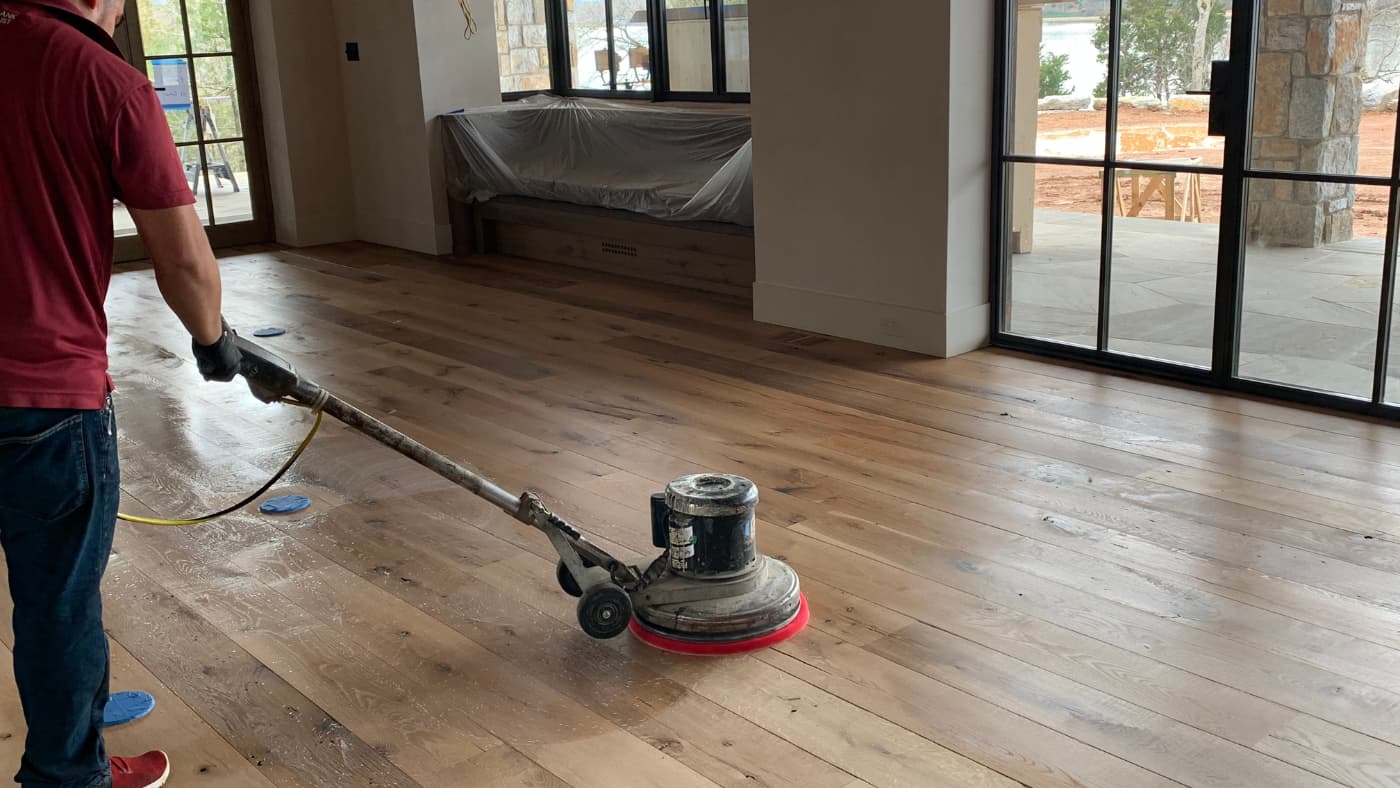Floating Wood Floors
There a few ways to install hardwood flooring. Using a floating wood floor is different from other methods of installation because it is not attached to the subfloor. Other methods, like nailing and gluing physically attach the underside of the wood floor to the subfloor. For a floating installation method, the planks are not attached to the subfloor, just to each other.
Since a floating floor is not attached to the subfloor, it creates a feeling of “softness” when walking on it. Some describe the feeling underfoot as spongy. Many people say they prefer this feeling instead of the more firm feeling of nailed or glued hardwood. It also affects the sound of the floor as you walk on it, producing a hollow sound that is different from other types of wood installations.
Types of Floating Wood Floors
For the most part, a floating floor will be made of engineered wood instead of solid wood. This is because engineered wood generally has better stability when exposed to the elements. Essentially, it expands and contracts less than solid wood. There are some species of wood that are naturally resistant to environmental change in their solid form. Still, overall, engineered wood is preferred for floating floors.
Edge Glued
The first type of floating floor is what is referred to as “edge-glued.” This is pretty self-explanatory: meaning the edges of the planks are glued together. They are connected by gluing the upper lip of one plank to the lower lip of the adjoining plank. Keep in mind that using glue means there will be a more extended wait period before someone can walk on the floor.
Locking Mechanism


This type of floating floor is cut in such a way that the ends lock together and do not need glue to help them stay together. There are three different locking mechanisms that are often used:
- Angle/Angle: One edge of the plank is angled up while the connecting edge of the plank beside it is angled down.
- Angle/Hook: This is the same concept as the angle/angle locking mechanism, except with an addition of a hook-lock at the end of each plank.
- Angle/Fold Down is also known as “single-action locking” since it locks the floor in one motion. The locking mechanism will click when engaged.
Things to Consider
One of the most important things to consider when installing a floating floor is that there needs to be adequate expansion space. This means there needs to be a gap, usually about the size of the thickness of the board, between the edge boards and the wall. Some may be different, so be sure to check the manufacturer’s instructions!
You also need to think about any heavy furniture or appliances like pianos or refrigerators. These items can prohibit the floor from freely floating. Generally, the manufacturer will provide weight limits for things that can be placed on a floating floor.
There are also different types of underlayment that can and should be used. Different types of underlayment are required for different types of subfloors and species of wood. So be sure to check the manufacturer’s information.


Interested in learning more or want to see what hardwood flooring would fit your space best? Give us a call or fill out our Free Consultation form.






